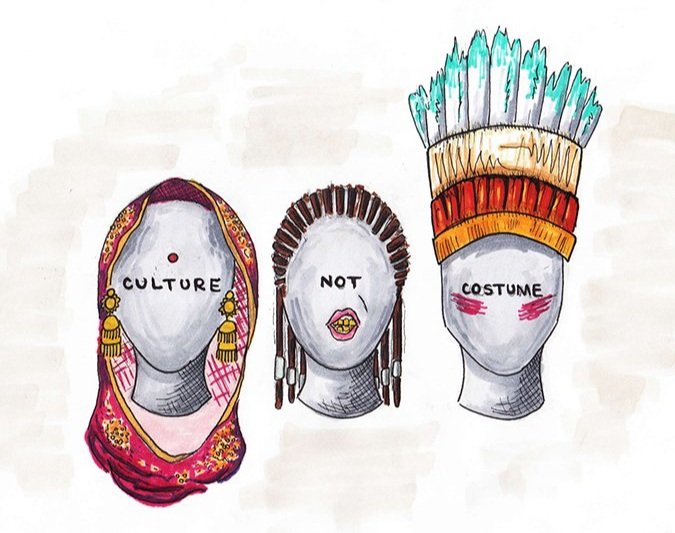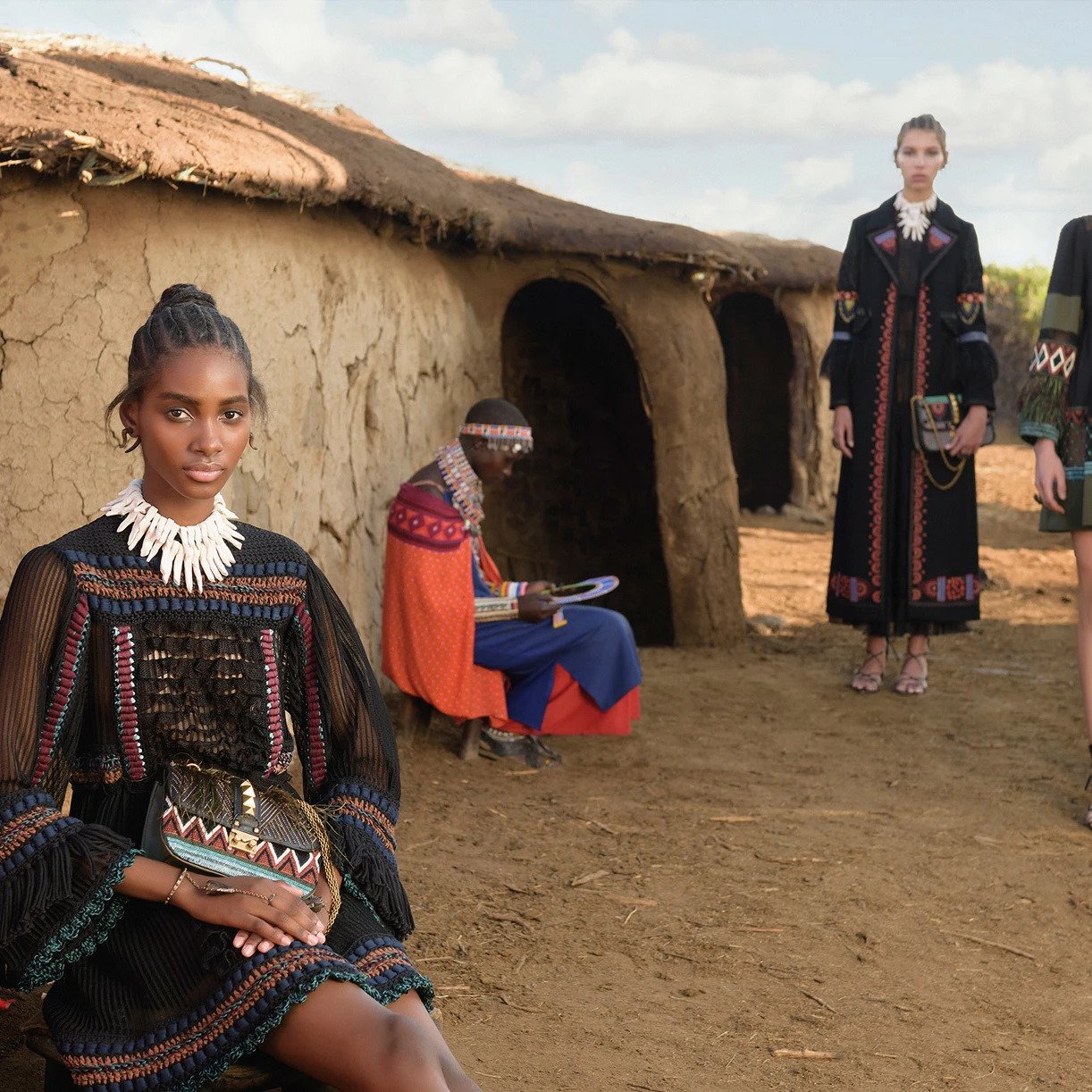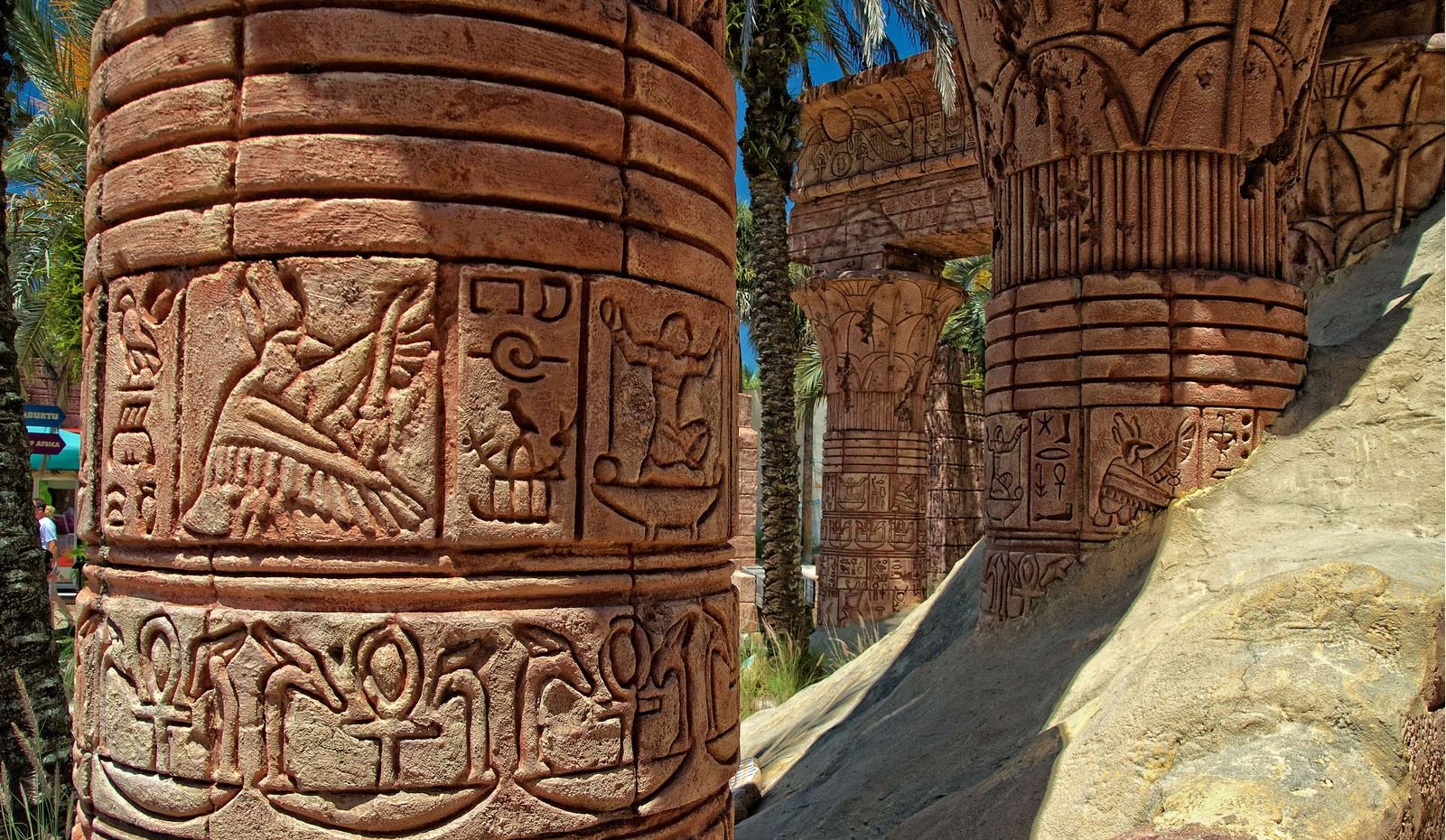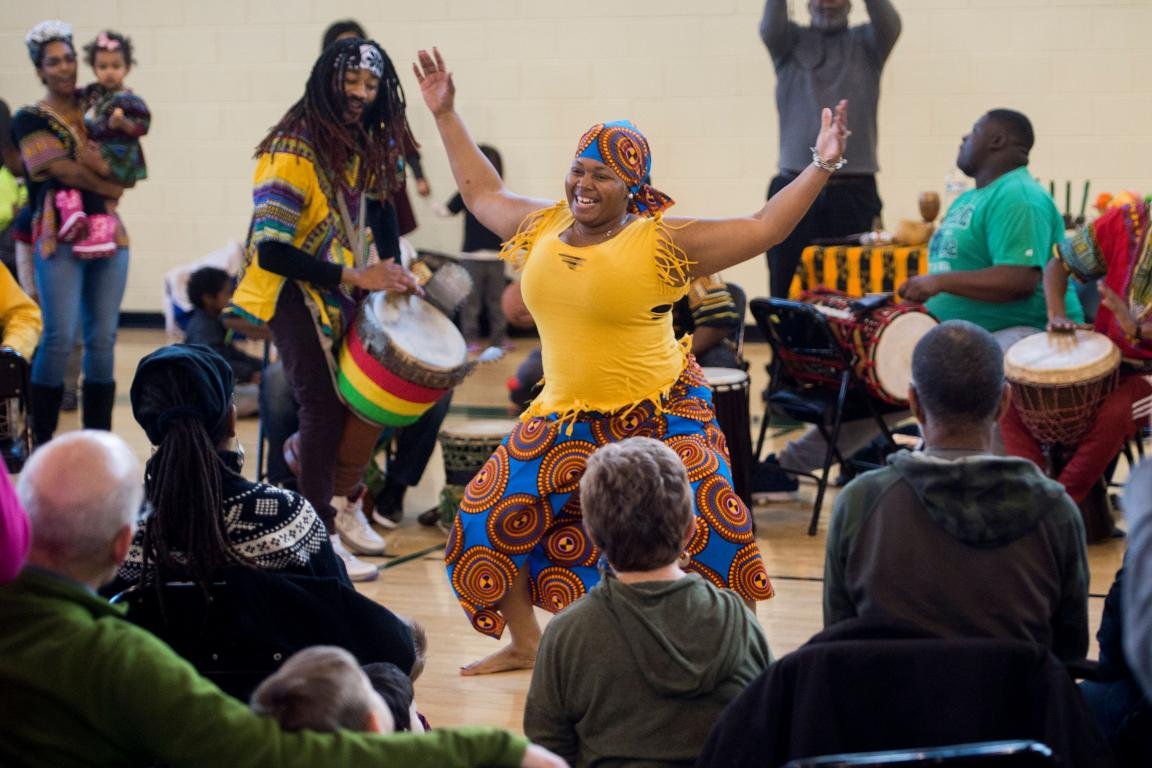Fostering Cultural Appreciation
Empathy in Design to Foster Cultural Appreciation
Cultural appropriation. Deep breath. This one might be tough, but if we remember the tenets of empathy in design (perspective, avoiding judgment, recognizing emotion, and communication), we know it’s important to talk about. We also know there’s often a fine line between cultural appropriation and cultural appreciation; there are many different interpretations, and sometimes people get things wrong. But again, that’s where empathy comes into play—hearing one another and understanding a different perspective can be eye-opening.
Let’s start with the definitions. Cultural appropriation is the unacknowledged or inappropriate use of one culture's customs, practices, and ideas by another individual or group that is typically more dominant. This can include images, symbols, artifacts, or traditions. Cultural appropriation can be exploiting, perpetuating stereotypes, and misrepresenting elements of a culture.
Cultural appreciation recognizes and respects another culture without diminishing or exploiting it. A desire to learn and understand is imperative, including the significance of cultural elements like clothing, art, music, traditions, and practices. There’s a genuine interest, curiosity, and respect for other cultures.
Using empathy, we can help identify and avoid common stereotypes and misconceptions that can perpetuate harmful inaccuracies. Empathy fosters a deep understanding and respect for the perspectives, values, and experiences represented at attractions.
Attractions often design spaces or exhibits that reference or incorporate cultures. Justin Stichter, PGAV Architect, explained, “Placemaking coupled with rich storytelling is at the heart of our designs. We want to take our guests somewhere and help them understand that it’s a special place. We do this by creating beautiful, immersive, and authentic places that in turn evoke real emotions. Ultimately our goal is to initiate an emotional connection which often leads to meaningful heart change.”
Ultimately, we’re creating art, whether in an animal habitat, the storyline of a rollercoaster, or a museum. Is it complicated at times? Yep. But let’s talk through a few ways we can employ empathy to ensure we’re appreciating rather than appropriating when incorporating cultural elements into designs.
Engage with members of the represented culture.
Ensure the voices of the community are heard and respected. Be open to feedback. Listen when a member of the community speaks.
Learn the historical context of buildings, artifacts, and art.
Knowledge about significant events and influences provides insight into why certain practices, symbols, and items are important or sacred. For example, Europe and the United States were involved in colonization. Many buildings were built by the colonizers rather than the native people. When depicting buildings in many countries, it's important to know which buildings were created by natives rather than colonizers. Emily Howard, PGAV Vice President, explained, “We often use culture as an inspiration, but we intentionally avoid replicating a particular country, town, or structure. We’ll use a color palette or patterns and design for inspiration. We aim for the feel and emotion rather than a particular location.”
Analyze if using a cultural piece disrespects the culture rather than honoring it.
Native American headdresses, or war bonnets, can be considered sacred, reserved for those who earn them. AD Gladu, PGAV Creative Writer, emphasized, “While envisioning an animal habitat or roller coaster themed around a particular aspect of a culture, it’s essential to carefully weigh the original intent behind that cultural element. I ask myself if I would feel comfortable using my place of personal reverence in that way, and if the answer is no, then I don't propose it.”
Be aware that cultures are not monoliths.
Within any culture, there’s a wide range of beliefs, values, and experiences. Culture can vary based on geography and environment, leading to differences in food, clothing, and dialect. Cultures evolve, responding to pressure, influence, interaction, and the experiences of their members.
Avoid offensive or disrespectful content by researching cultural taboos.
Seek to understand cultural mores, including traditions, religious beliefs and practices, dress codes, and modesty.
Recognize stereotypes and work to avoid perpetuating them.
Some might see stereotypes as harmless, but they can negatively impact people. Numerous stereotypes persist, including negative portrayals of countries, assumptions about specific traits among individuals who identify as LGBTQ+, and the perpetuation of traditional gender roles.
Not all cross-cultural use is cultural appropriation. Recognizing and avoiding cultural appropriation means being aware of the potential harm it can cause, conducting thorough research, seeking permission when necessary, and giving credit to sources of inspiration, all through a lens of empathy.
Stichter said, “With stewardship and intention, we can choose cultural elements that enhance the storyline and characters rather than detract from the experience. Connection is the basis of all design. We must think about that in a broad, holistic, and empathetic way.”
Reinvention is more fun with friends. Got a topic you want to see on Destinology?
Email us at destinology@pgav.com or start a conversation on Facebook, Twitter on LinkedIn.
Tap the buttons below.









